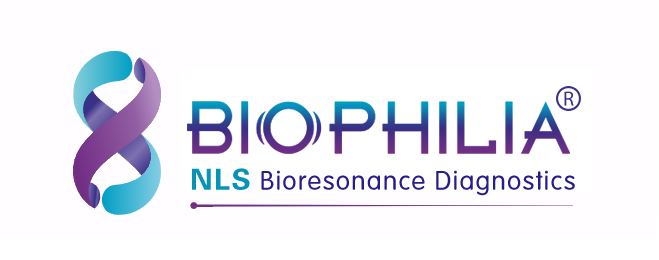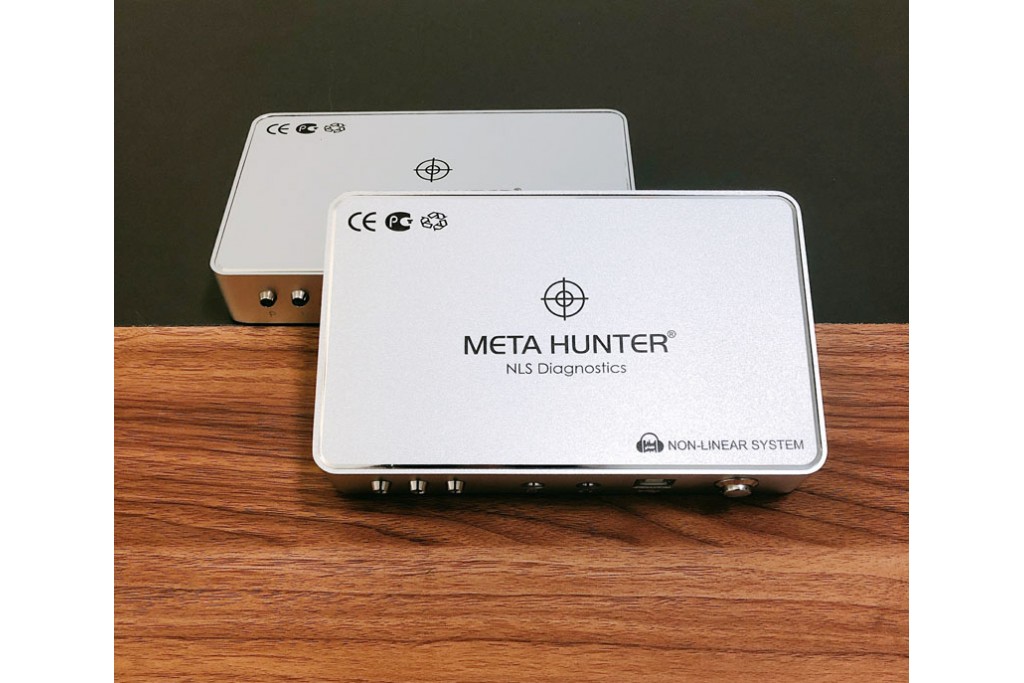Development of an NLS method for HPDA disease using the Metatron Hunter 4025
- Russell
- May 05, 2023
- 359
- 0
- 0
Advances in the development of medical technology suggest new methods of diagnosing and treating diseases of human organs and systems. The introduction of NLS diagnostic and therapeutic approaches into clinical practice has greatly simplified the detection of several typical diseases of the hepatopancreatic-duodenal area (HPDA). The introduction of the NLS method for bile duct screening within the first hour after the patient was admitted to the hospital significantly reduced the examination time and the number of complications for the following serious pathological processes: acute cholecystitis and mechanical jaundice. Nevertheless, for some reason, 8% to 17% of patients do not respond well after primary surgery of the biliary excretory system.
In recent years, researchers have developed algorithms that use the NLS method to examine patients with diseases of the HPDA organ. NLS imaging was performed using a Metatron Hunter 4025 system featuring 2D and 3D visualization of HPDA organs.
General clinical examination of NLS patients was performed on an outpatient basis. In addition to urine, blood analysis, biochemical studies and homeostatic system studies, the following specific studies are also important: blood studies for HIV virus, hepatitis B and C, tuberculosis and RW. Patients with acute cholecystitis undergo these and other laboratory and instrumental tests (ECG, mammogram, etc.) in the admission office of the hospital.

